Leading market players are investing heavily in research and development in order to expand their product lines, which will help the Solar Water Heater market, grow even more. Market participants are also undertaking a variety of strategic activities to expand their footprint, with important market developments including new product launches, contractual agreements, mergers and acquisitions, higher investments, and collaboration with other organizations. To expand and survive in a more competitive and rising market climate, Solar Water Heater industry must offer cost-effective items.
Manufacturing locally to minimize operational costs is one of the key business tactics used by manufacturers in the Solar Water Heater industry to benefit clients and increase the market sector. In recent years, the Solar Water Heater industry has offered some of the most significant advantages. Major players in the Solar Water Heater market, including Rheem Manufacturing , A.O.Smith , SunTank , Bradford White Corporation, and others, are attempting to increase market demand by investing in research and development operations.
Rheem Manufacturing Company is a leader in the manufacturing of heating, cooling, and water heating products. It was founded by brothers Richard and Donald Rheem in Emeryville, California. Today, Rheem is headquartered in Atlanta, Georgia, and has manufacturing facilities located throughout North America, South America, Europe, and Asia. Its product line includes a wide range of residential and commercial HVAC and water heating systems, including Water heaters, Air conditioners and heat pumps, Furnaces etc. It also committed to sustainability and has set goals to reduce its carbon footprint and promote energy efficiency.
The company has received several awards and recognitions for its sustainability efforts, including the EPA's ENERGY STAR Partner of the Year Award.
Bradford White Corporation is a leading manufacturer of water heating, space heating, and combination heating equipment for residential, commercial, and industrial applications. Its product line includes a variety of water heaters, including tankless, hybrid, and traditional storage tank models. It also offers a range of space heating and combination heating products, including boilers and volume water heaters. In addition, it offers a variety of accessories and replacement parts for their products. It offers a variety of resources and support for its products, including technical support, warranty information, and product registration.
It has a reputation for quality and reliability, and their products are often used in commercial and industrial applications where reliability is critical.
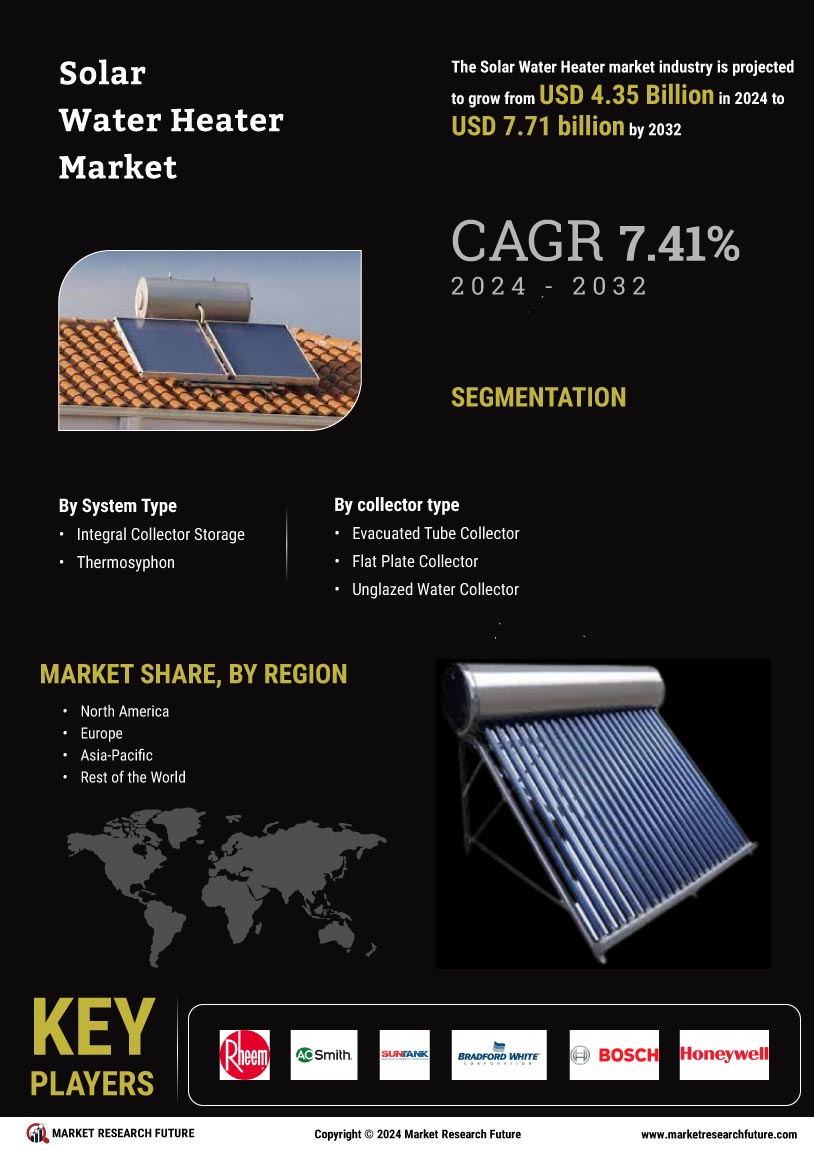

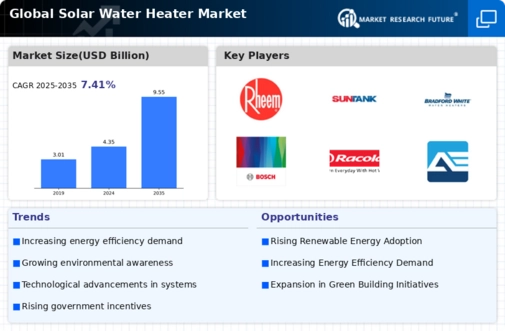

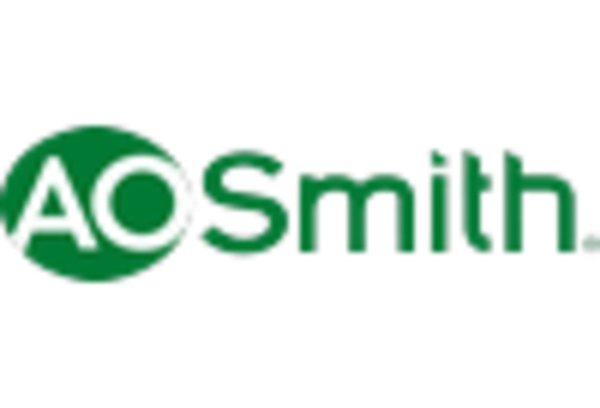
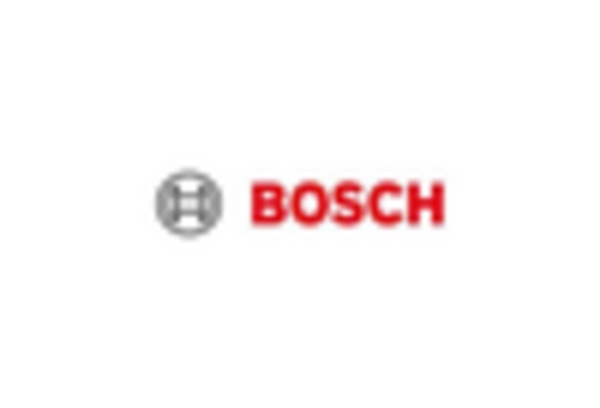
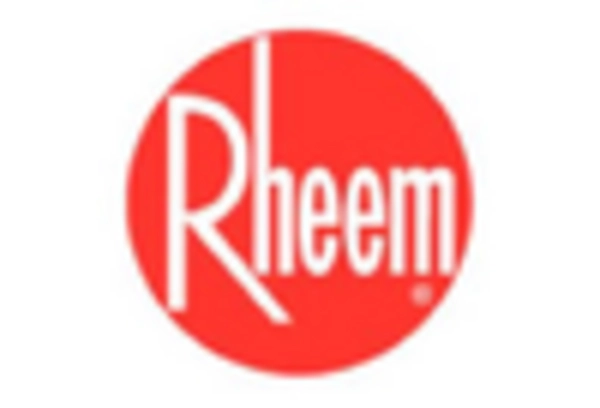

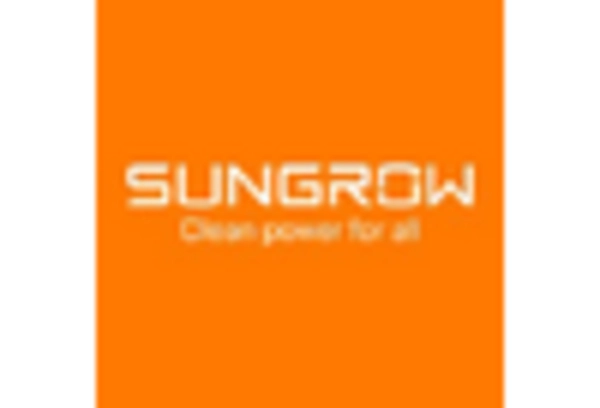
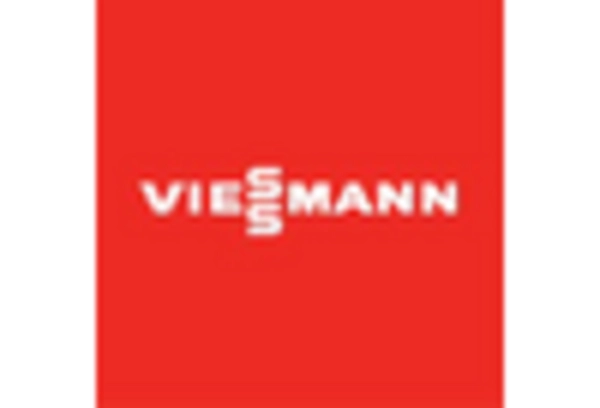








Leave a Comment